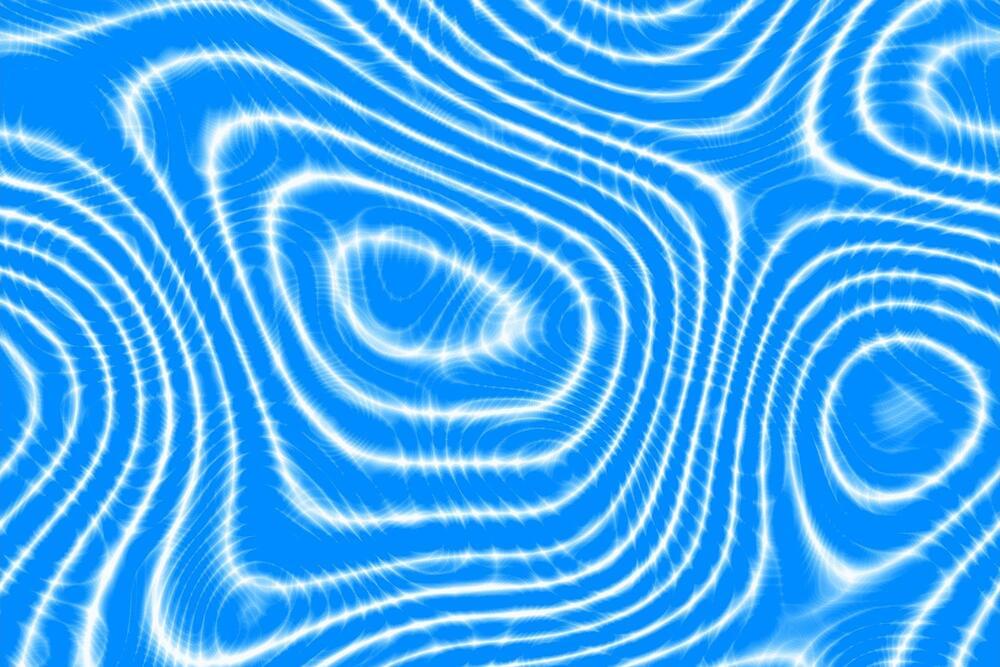Marianne StebbinsWhat does this solve that isn’t already handled by air and water?
5 Replies.
Anne KristoffersenTurn the Bering Strait Crossing into a bridge arcology and the project will handsomely pay for itself in a sustainable way.
The Diomede Bridge ArcoCity could become a vastly important city-state, essentially having a millions-strong settlement there w… See more.
7 Replies.
View 34 more comments.
Jose Ruben Rodriguez Fuentes shared a link.
You’re probably familiar with moiré patterns, the large-scale interference patterns known in mathematics, physics, and art. They are created by overlaying one ruled opaque pattern with transparent gaps over another similar pattern. When they are rotated or displaced, the interference pattern appears.
Moiré patterns have shown to be especially useful with 2D-materials, single layer materials are lattices consisting of a single layer of atoms. Graphene, a single layer of atoms arranged in a two-dimensional honeycomb lattice nanostructure is one of the most well-known 2D-materials. When you take two stacked layers of graphene.
Graphene is an allotrope of carbon in the form of a single layer of atoms in a two-dimensional hexagonal lattice in which one atom forms each vertex. It is the basic structural element of other allotropes of carbon, including graphite, charcoal, carbon nanotubes, and fullerenes. In proportion to its thickness, it is about 100 times stronger than the strongest steel.
